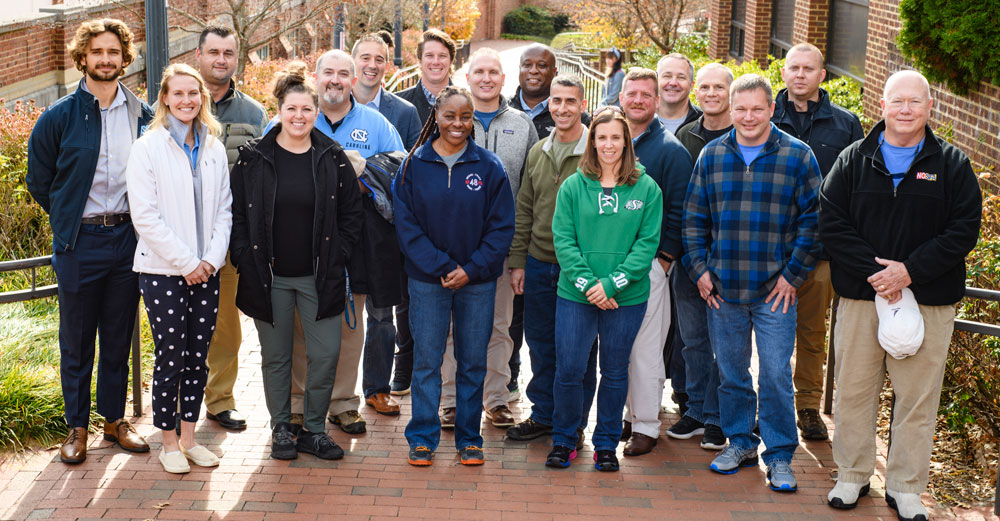Total Worker Health® Approach to Reduce Falls and Advance Fall Protection in Firefighters

Program members gather for a photo.
A prospective cohort study with a 15-month follow-up will be conducted among 1,200 firefighters in randomly selected fire departments from the southeastern U.S. region. In Aim 1, we will prospectively examine all STF events to provide more reliable incidence estimates and identify hazardous working conditions and causes of STF events for early risk detection. In Aim 2, we will determine worker characteristics, health and safety behaviors, and working conditions associated with a higher risk of STF events to inform future TWH interventions. In Aim 3, we will examine the feasibility of a participatory Charrette process that engages with firefighters to help design STF mitigation efforts informed by Aims 1 and 2. This innovative project will more effectively translate surveillance research results into effective STF mitigation strategies leading to improved Research to Practice (r2p) efforts in the fire service and enhanced firefighter well-being.
